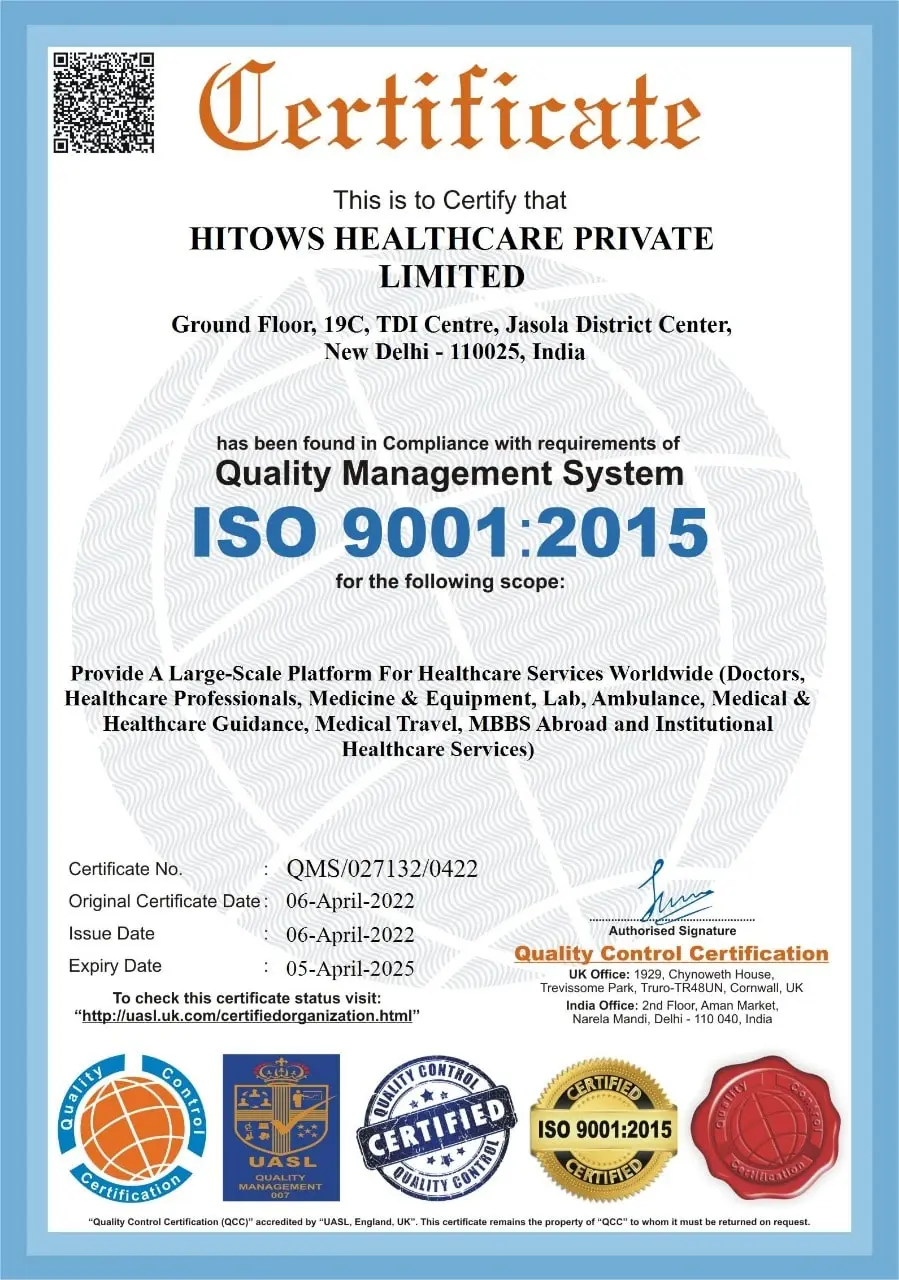congenital heart diseases
Congenital heart disease refers to a variety of congenital abnormalities that impact the proper functioning of the heart. The term "congenital" indicates that the condition exists from birth. Congenital cardiac disease is common birth defect.
Transposition of the great arteries
The major pulmonary artery and the aorta are exchanged in position, or "transposed," in Dextro-Transposition of the Great Arteries (d-TGA). Because a kid born with this condition may require surgery or other treatments soon after birth.
Myasthenia gravis
The disorder is brought on by a breakdown in nerve-muscle communication. Arm and leg muscular weakness, double vision, and speaking and chewing difficulty are all symptoms.
Chronic venous disease
Chronic venous insufficiency (CVI) occurs when the venous wall and/or valves in the leg veins do not function properly, making blood flow back to the heart problematic. Stasis is the result of CVI, which causes blood to "pool" or gather in these veins.
Blocked femoral artery
The femoral artery is the thigh's biggest artery. It nourishes the leg with oxygen-rich blood. Plaque accumulation or atherosclerosis can cause a blockage. Peripheral vascular disease is caused by atherosclerosis in the leg arteries.
Phlebitis
A blood clot or no blood clot might cause phlebitis. It can damage both superficial and deep veins. It's termed thrombophlebitis when it's caused by a blood clot. A probable cause is a vein injury, such as from an intravenous catheter.
Paravalvular regurgitation
A serious and infrequent consequence of cardiac valvular prosthesis implantation is paravalvular regurgitation or leak. It is caused by an improper connection between the prosthetic structure and the heart tissue, resulting in turbulent blood flow with a
Deep Vein Thrombosis
A deep vein thrombosis (DVT) is a medical disorder in which a blood clot develops in a vein deep within the body. Clots in the lower leg, thigh, or pelvis are most common, although they can also occur in the arm.
Coronary artery disease (CAD)
Pages on Coronary Artery Disease (CAD). Plaque accumulation in the walls of the arteries that deliver blood to the heart causes coronary artery disease (called coronary arteries).
Aortic valve disease
Aortic valve disease is a form of heart valve disease that affects the aortic valve. The valve between the lower left heart chamber (left ventricle) and the major artery to the body (aorta) doesn't operate correctly in aortic valve disease.
Coronary heart disease
A disorder in which the coronary arteries constrict or get blocked (blood vessels that carry blood and oxygen to the heart). Atherosclerosis is the most common cause of coronary heart disease.
Coronary artery disease
Plaque accumulation in the walls of the arteries supplying blood to the heart causes coronary artery disease (called coronary arteries). Cholesterol deposits form plaque. Over time, plaque formation causes the interior of the arteries to constrict.


